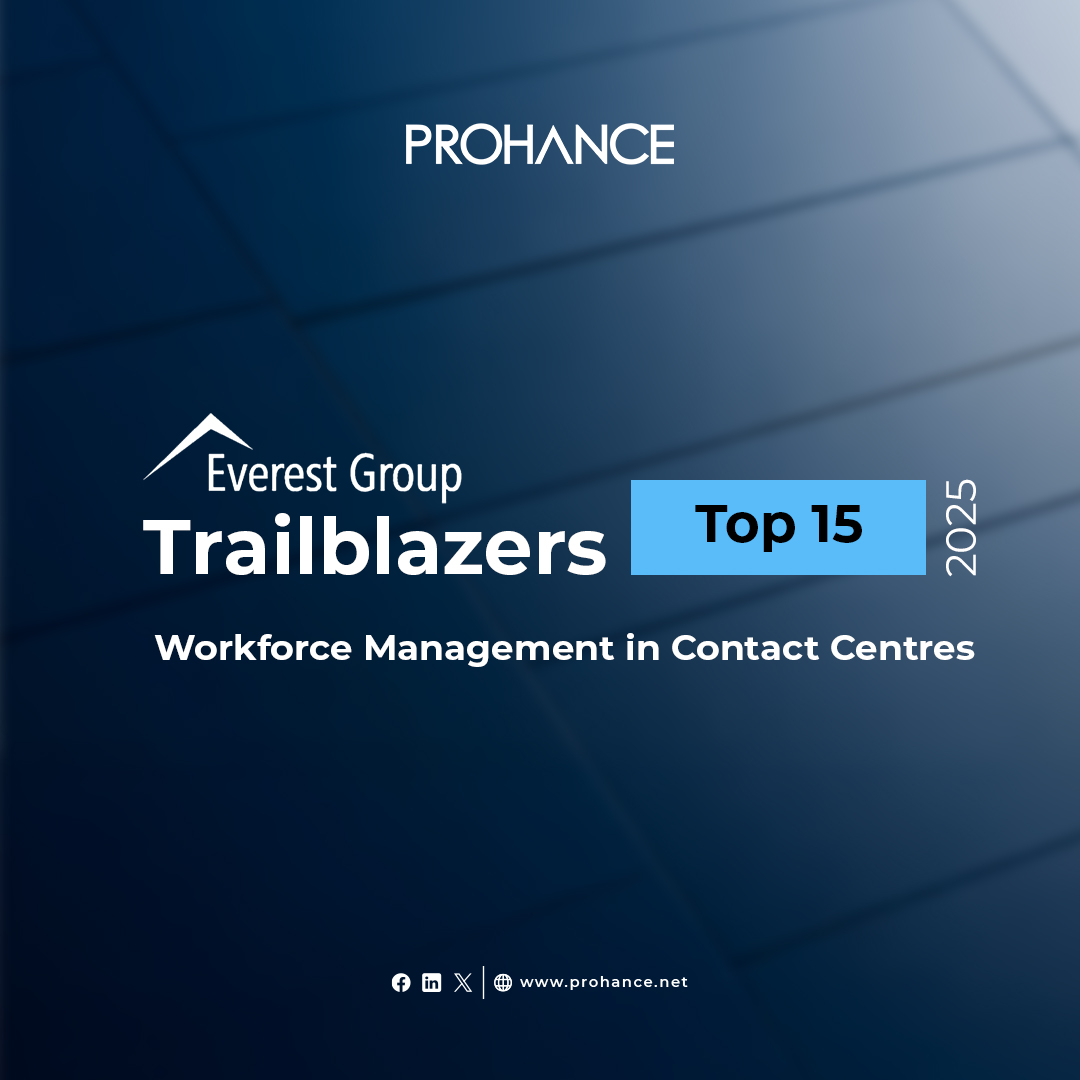Guide to Workflow Integration: Definition, Benefits and Business Examples
Table of contents
- What is Workflow Integration?
- Why Is Workflow Integration Critical For Businesses?
- What Are the Various Types of Workflow Integrations?
- What Are Some Examples Of Integrated Workflows?
- How Can a Business Integrate Workflows in Its Operations?
- Jumpstart Your Progress With Seamless Workflow Integration
- Frequently Asked Questions
As the world grows more connected, automation takes the front seat in many business operations. Workflow integration is one of the first noticeable changes. According to a study done by Deloitte, 44% of companies that have implemented automation in their business processes are relying on end-to-end automation.
In this article, we will talk about workflow automation and the various benefits it offers.
What is Workflow Integration?
Different business teams use different systems and applications to conduct their work. However, as no department or team works in isolation, it often becomes necessary to share data. Most of this data transfer is manual, resulting in duplication or errors. This creates more work, decreases process lead time, reduces productivity and adversely impacts employee engagement.
This is where workforce integration steps in. It is an effective connection between various business systems and processes that allows seamless data movement.

Why Is Workflow Integration Critical For Businesses?
There is a need for workflow integration if a business is looking to ensure collaboration between teams, improve customer experiences, and enable data-driven decision-making. Some of its benefits include:
- Improved KPIs: Workflow integration can take over repetitive tasks and help eliminate data errors, giving employees time to focus on more business-critical activities.
- Better Collaboration: Data silos are reduced, leading to better collaboration, enhanced communication, reduced errors, and better productivity.
- Enhanced Customer Experience: Businesses have access to an accurate knowledge of customer behavior and can deliver a more personalized experience based on past preferences.
- Greater Employee Satisfaction: Employees no longer have to perform repetitive tasks, leaving them free to focus on relevant and satisfying work.
- Data-driven Decision-making: Managers have better insight into business trends and can make better decisions that have a direct impact on business growth and profitability.
- Business Agility: Business processes are optimized with seamless data flow between teams, resulting in quicker operations and reduced human errors.
- Cost-efficiency: It is easy to spot overlaps and redundant systems, saving the company quite a penny from its budget.
- Increased Revenue and Retention: There are fewer errors and the quality of process execution is improved, improving customer retention and recommendation.
What Are the Various Types of Workflow Integrations?
There are many ways that a business can approach workflow integration in its operations. Here are the most common ones:
- Native Integrations: These solutions are usually provided with out-of-the-box apps and systems, or can be added at a nominal cost. While these don’t require APIs and external connectors, native integrations can be limited to only a few apps.
- Point-to-Point Integrations: These are connections made between apps within your organization. The responsibility of building and managing these connections lies with the in-house developer team, making them time and resource-consuming.
- iPaaS Integrations: These third-party cloud-based platforms offer pre-built connectors and are compliant with most connection requirements. These tools are reliant on and adhere to world-class privacy and regulation standards.
What Are Some Examples Of Integrated Workflows?
Deployed well, workflow integration can make a significant difference in how the company performs. Here are a few examples:
- ITSM and Onboarding: Simplify the hiring process of a new employee by integrating IT Service Management (ITSM) with employee onboarding processes. This enhances the hiring experience for the new employee but also makes the IT aspect, such as setting up user accounts, access permissions, etc. more efficient.
- Procurement and Accounts Payable: Improve vendor relationships by connecting procurement processes and accounts payable systems. This ensures that as soon as a purchase order is approved and goods have been received, the invoice and payment process can begin. Automating this process eliminates the need to manually match invoices with purchase orders, minimizes errors, and speeds up payments.
- Sales and Customer Onboarding: Offer personalized customer experiences by linking sales workflows with customer onboarding processes. When a purchase deal is closed, the system begins the customer onboarding process immediately, ensuring all relevant customer information is transferred to the onboarding team without delays or errors.
How Can a Business Integrate Workflows in Its Operations?
Now that you’ve seen the benefits and the many types of workflow integration, the next question is about applying it in the workplace. Here’s a 5-step actionable process on how to implement workflow integration to streamline your business operations:
- Find Inefficient and Disparate Workflows: Look for workflows that don’t perform well and need urgent attention. It’s important to look for processes that are fragmented or disconnected. Ask team members to describe the bottlenecks they face.
- Identify Relevant Tools and Stakeholders: Align all employees and tools involved in the process. After the people at each stage are identified, understand the tools required for them to fulfill their task.
- Pick the Best Connector: Once you’ve identified the workflow and required resources, it’s time to choose the solution. You can use any of the approaches detailed above to make your choice.
- Automate the Workflows: Repetitive or manual tasks are ideal for automation. Other areas to consider include data transfers, task assignments, triage, follow-up emails, reminders and notifications, etc.
- Study Results and Make Adjustments: Establish periodic checkpoints and inspect if your output aligns with your business goals. Make adjustments where necessary.
Also Read: What is a Workflow Management System And How to Use it Effectively?
Jumpstart Your Progress With Seamless Workflow Integration
Choosing the right workflow integration solution can make a difference between leading the game or playing catch-up. With the right solution, your business can benefit from a single platform control of all workflows and processes, eliminating overlaps, manual work, and errors.
Frequently Asked Questions
Q1. Is Workflow the Same As Workflow Integration?
A workflow indicates specific steps taken to complete a strategic business goal. It could be responding to leads, purchasing equipment, or hiring new employees.
Workflow integration means connecting applications and solutions within an organization to facilitate seamless data exchanges between them.
Q2. What Are the Challenges With Workflow Integration?
Workflow integration can pose a set of challenges, including:
- Difficult to scale: Each integration will require the ongoing involvement of engineers, making the cost of scaling prohibitive.
- Performance issues: Workflow integrations can break down or not perform as expected due to numerous reasons. The result could hurt employee productivity, customer experience, and your bottom line.
- Security risks: Even the most secure integrations are vulnerable to risks and can result in data breaches.






